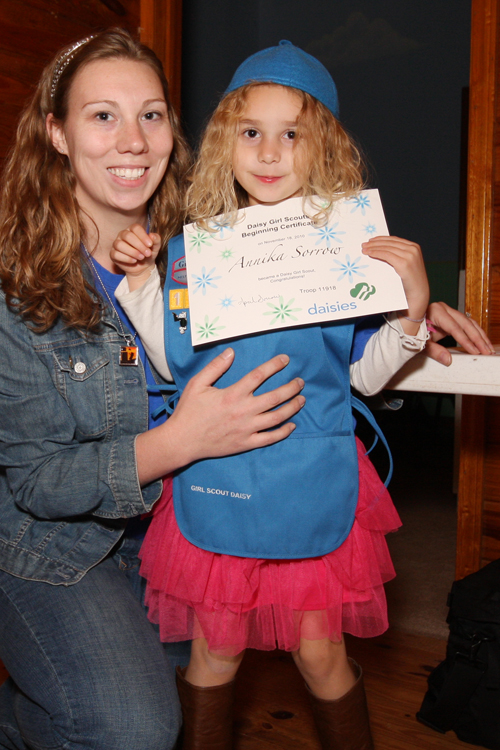Teresa Haire reads the labels on all the food she feeds her two-year-old son, Brandon. If she doesn’t, it could be serious. He’s allergic to eggs and peanuts.
“It’s scary to know what could happen if we don’t carefully watch what he eats,” Haire said.
Wherever Brandon travels, she said, an EpiPen® travels with him. It contains epinephrine, a drug used to reverse the effects of severe allergic reaction.
Haire is not alone. For 3 million school-age children and their parents, food allergies are serious business. People who have food allergies suffer from immune responses that can potentially result in death.
The most common allergens are milk, eggs, peanuts, tree nuts, fish, shellfish, soy and wheat. Peanuts and tree nuts account for the most severe cases of food allergy.
Allergic reactions vary. Some reactions include hives, tingling in the mouth, swelling of the throat and tongue, difficulty breathing, abdominal cramps, vomiting or diarrhea. Eczema, rash, coughing or wheezing, loss of consciousness, dizziness and anaphylactic shock can also happen.
Children are more likely to suffer from food allergies than adults. In the past 10 years, the number of children reporting food allergies has increased 18 percent, according to the National Center for Health Statistics and the Centers for Disease Control and Prevention.
University of Georgia Cooperative Extension foods specialist Judy Harrison knows of a toddler who had to be rushed to the hospital after being exposed to peanuts from other children who had been eating peanut butter.
“He almost died, and he didn’t even eat the stuff,” she said.
In most cases, she said, reactions don’t occur the first time a person is exposed to the food. It is usually progressive, getting worse each time.
“It’s pretty scary,” Harrison said. “People who believe they are suffering from a food allergy should be tested. There is no cure. So, avoidance of the allergen is the key to controlling a food allergy.”
Reading food labels and relaying allergy information to schools and childcare facilities is essential in controlling food allergies, Harrison said.
“Food allergens and cross-contamination of food products with allergens is a very important issue for the food industry,” said Karina Martino, a UGA Extension food specialist and professor. “Product changeover presents an unintentional opportunity for cross-contamination. In general, equipment cleaning is a critical allergen control.”
When companies process several products on the same equipment, a food item not made with a common allergen may be exposed to it through cross-contamination.
“This can be prevented with effective good manufacturing practices and sanitation standard operating procedures. In all cases, all visible and nonvisible food product residues should be removed from food contact surfaces and areas exposed to the food product with allergenic ingredients,” Martino said. “However, sometimes these procedures cannot reasonably eliminate the unintended presence of certain allergens.”
If allergen contact is possible, a statement about the manufacturing environment may be placed on the food’s label.
Federal law requires allergens to be listed on food labels in easily understood language. Children with allergies, parents and caregivers must be cautious about foods that are not labeled, such as items at bake sales, festivals or parties. In those cases, the only way to know if an allergen is present is to ask.
“Most children will outgrow food allergies as they get older,” Harrison said. “But for some, food allergy can remain a lifelong problem.”





